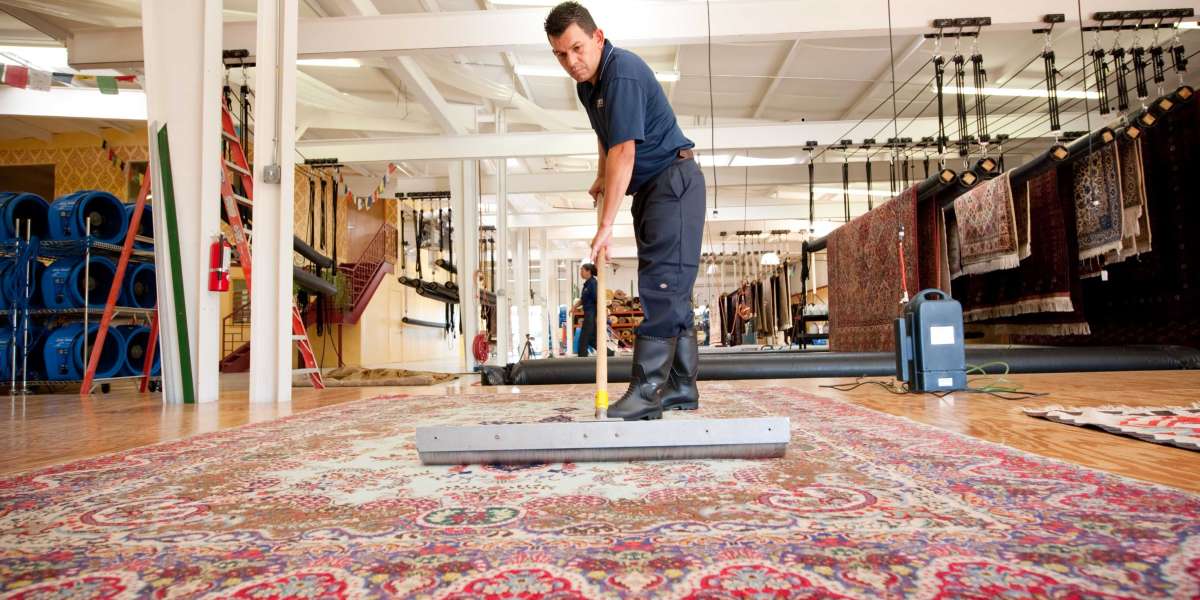Introduction: Why Virtual Try-Ons Matter for the Future of E-Commerce
Online shopping has come a long way in the past decade. No longer do we need to leave our homes to browse through endless racks of clothes at retail stores. Yet, one problem still remains for many shoppers: finding the right fit. Consumers often face uncertainty when purchasing clothing online, especially without the ability to try items on. This can lead to disappointment, product returns, and a lower overall satisfaction with the shopping experience.
Virtual try-ons are the answer to this problem. By allowing shoppers to virtually "try on" clothes before making a purchase, e-commerce businesses are transforming the online shopping experience. For clothing retailers, it's not just about offering a better customer experience; it's about staying competitive in a rapidly evolving market. But how exactly does this technology work, and why is it becoming essential for the future of e-commerce? Let’s explore how virtual try-ons are changing the game.
The Challenges of Online Clothing Shopping: Understanding the Need for Virtual Fitting Rooms
When shopping for clothing online, consumers face a range of challenges. The primary concern for many shoppers is sizing. According to a survey by Statista, nearly 40% of online shoppers return items because they don't fit properly. This high return rate not only affects the profitability of businesses but also reflects a significant frustration for customers.
In addition to sizing issues, there’s the question of how the clothes will actually look once worn. Will that shirt look flattering on your body type? Does the color in the picture match the real-life product? These uncertainties contribute to cart abandonment and missed sales opportunities for e-commerce businesses.
That’s where virtual fitting rooms come in. By providing shoppers with the ability to see how a product will look on them, virtually trying on clothes, this technology solves both major pain points: sizing and visual appearance.
What Are Virtual Fitting Rooms and How Do They Work?
Virtual fitting rooms are powered by AI and augmented reality (AR) technologies. Essentially, these systems allow customers to upload their photos or input their measurements to create a digital model of their body. From there, they can “try on” clothing items and see how they would fit and look in real-time.
Some systems even go a step further by allowing shoppers to use AR to see how the clothes fit and move, offering a much more realistic experience than static images on a website. Virtual fitting rooms also use data to recommend sizes based on a customer’s body type, minimizing the guesswork involved in finding the right fit.
For example, FitRoom.App is a platform that offers this type of service. Shoppers can visit a change clothes website and instantly experience how different clothing items will look on them, giving them a more accurate idea of what to expect when the item arrives. This type of service can be the difference between a hesitant purchase and a confident one.
Benefits of Virtual Try-Ons for Shoppers and Retailers
Virtual try-ons are not just a passing trend. They are rapidly becoming an essential part of the e-commerce experience, offering numerous benefits to both shoppers and retailers.
For Shoppers:
- Increased Confidence: Virtual try-ons reduce the uncertainty that comes with online clothing shopping. When customers can see how items will look on them, they’re more likely to make a purchase.
- Reduced Return Rates: One of the biggest reasons for returns is poor fit. Virtual fitting rooms help shoppers choose the right size, leading to fewer returns and exchanges.
- Convenience: Shoppers no longer need to guess their size or rely on the size charts that may be inaccurate. Virtual fitting rooms provide instant feedback, making the shopping experience quicker and more efficient.
For Retailers:
- Improved Customer Satisfaction: Virtual try-ons help customers find the right products, improving the overall shopping experience and increasing customer satisfaction.
- Higher Conversion Rates: When customers feel confident about their purchase, they’re more likely to complete the transaction, leading to higher sales and improved conversion rates.
- Reduced Costs: By cutting down on returns and exchanges, retailers can save money on logistics and restocking fees. They also benefit from the positive reputation that comes from offering innovative technology.
The Future of Virtual Fitting Rooms in E-Commerce
Virtual fitting rooms are expected to continue evolving as technology advances. In the future, we may see even more seamless integrations of AR and AI, such as 3D models of clothing that move and react like real fabric. Additionally, some platforms may incorporate features that allow for the customization of clothing items, letting users personalize their selections before seeing how they would fit and look.
This technology could also expand beyond clothing into other product categories like footwear, accessories, and even eyewear. As e-commerce continues to grow, virtual try-ons will likely become an integral part of the shopping experience, reshaping the way consumers interact with online stores.
Conclusion: Embracing the Change in Online Shopping
Virtual try-ons are no longer just a novelty; they are becoming a necessity for online retailers who want to stay competitive and provide an exceptional customer experience. As shoppers demand more immersive and accurate shopping experiences, virtual fitting rooms offer a solution that satisfies both the need for convenience and the desire for personalization.
For businesses, implementing these tools can lead to higher customer satisfaction, reduced return rates, and ultimately, increased sales. For consumers, the ability to virtually try on clothes provides more confidence and less frustration when shopping online. It’s clear that virtual fitting rooms are here to stay, and they will continue to revolutionize the online shopping landscape in the years to come.



